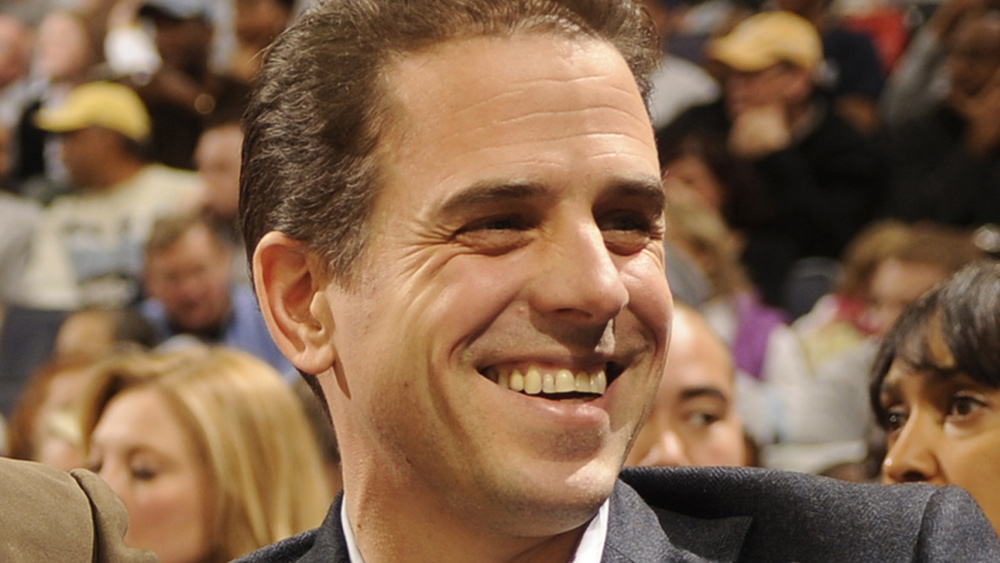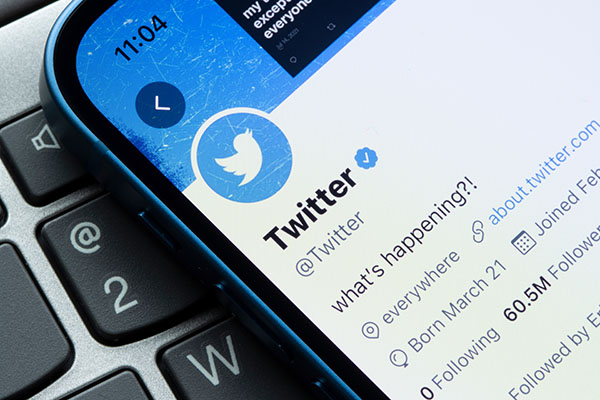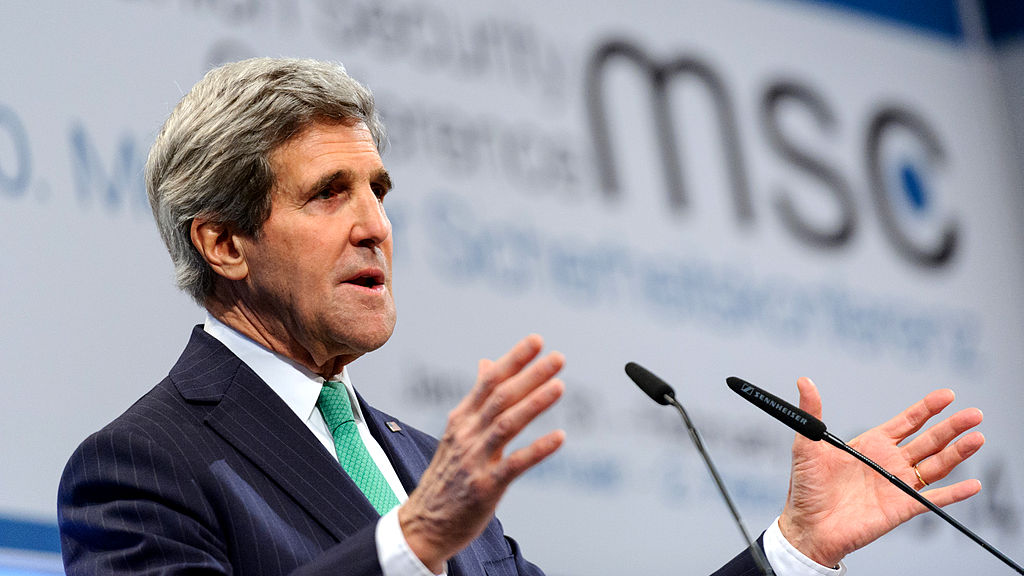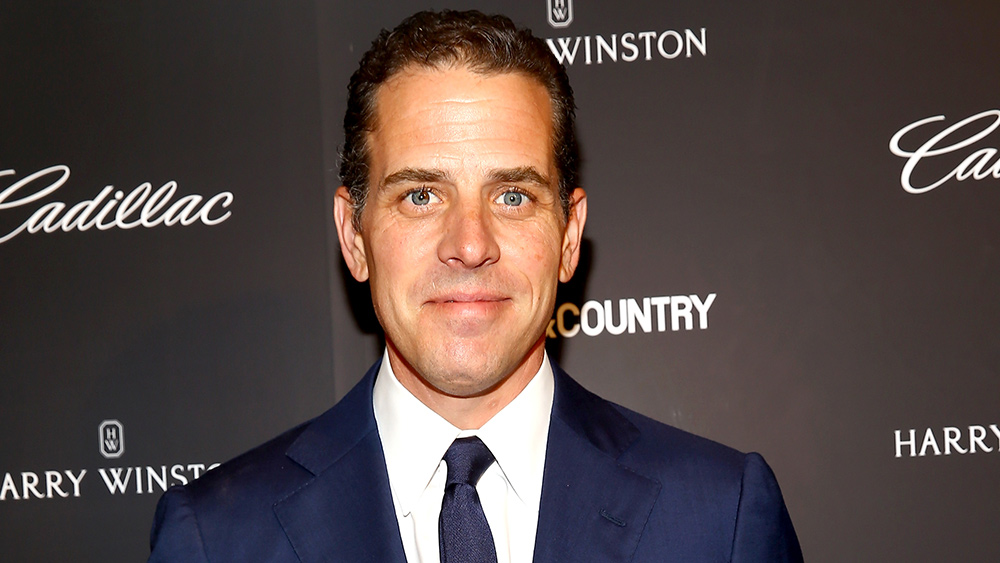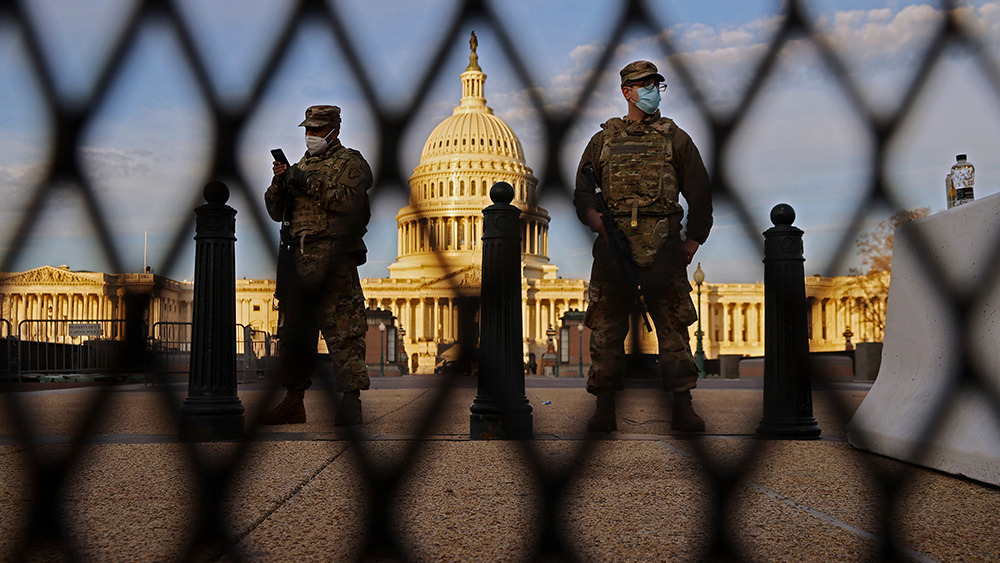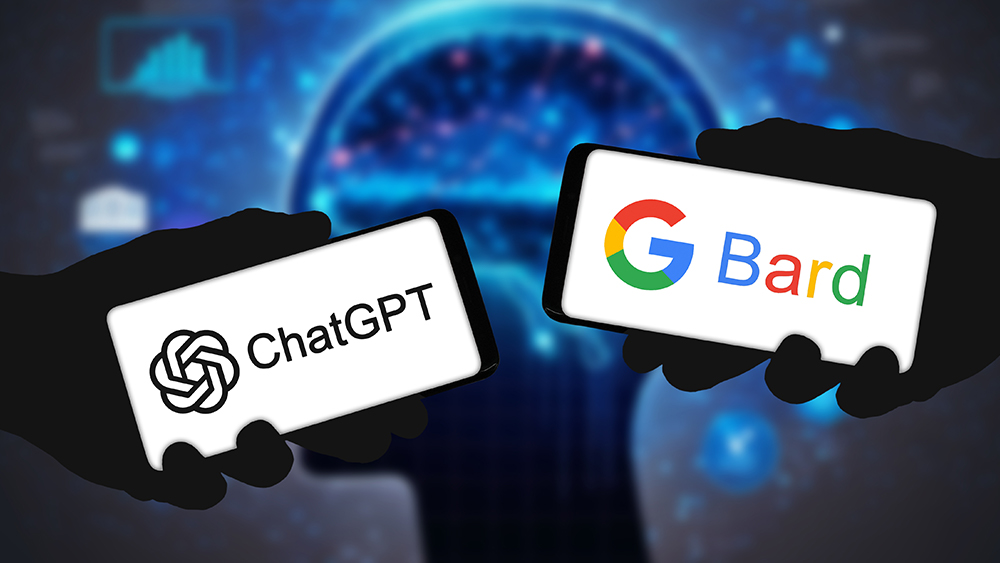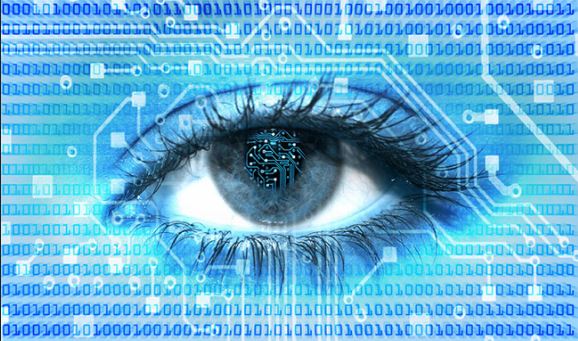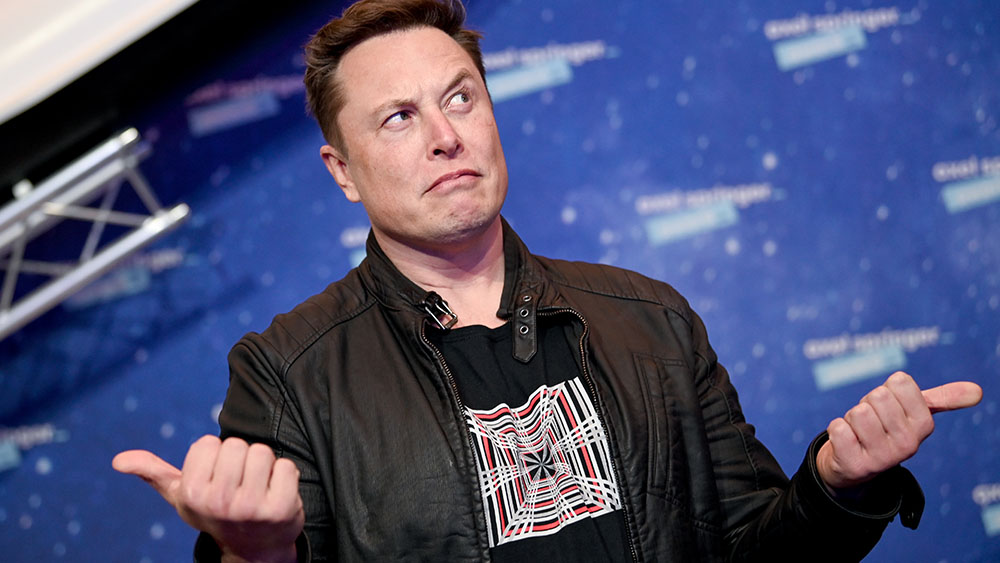Hollywood actors, writers go on strike to protect their jobs from AI
08/01/2023 / By Zoey Sky
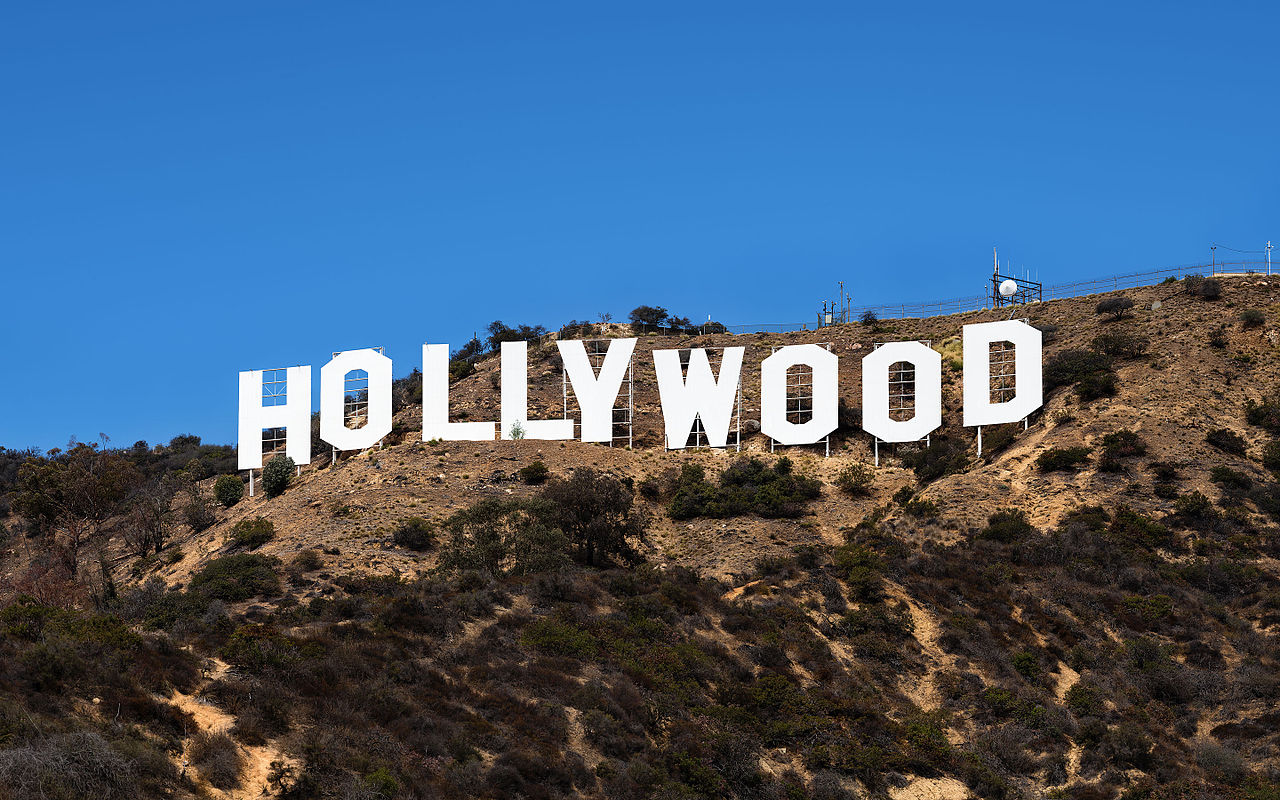
A staggering 87 percent of actors earn less than $26,000 while Hollywood executives continue to pour more money into advanced artificial intelligence (AI) programs.
Many Hollywood actors are now on strike to protest studios taking their likeness and using AI to produce more content, all without paying them a dollar.
Some entertainment firms like Disney have refused to discuss in detail the nature of their investments in AI, but the job postings and financial disclosures reviewed by The Intercept revealed how some of these companies embrace the technology.
The Hollywood actors have gone on strike for the first time since 1960 to demand for “better wages and regulations” on the use of AI by studios. They joined Hollywood writers who have been on strike since May 7. (Related: EXTREME SCENARIOS: Artificial intelligence could revolutionize tech sector forever – or wipe out the human race.)
After the actors’ strike was authorized, the Alliance of Motion Picture and Television Producers (AMPTP) introduced a groundbreaking AI proposal that protects actors’ digital likenesses for Screen Actors Guild-American Federation of Television and Radio Artists (SAG-AFTRA) members.
AMPTP is the trade association representing the TV and film companies negotiating with the actors’ and writers’ unions.
The offer prompted comparisons to a recent episode of “Black Mirror,” a dystopian sci-fi TV series. In the referenced episode, actress Salma Hayek was depicted in “a Kafkaesque struggle with a studio that was using her scanned digital likeness against her will.”
Actors on strike are asking for their rights to be protected against continued reports of companies using AI to manipulate their scanned likeness but without offering adequate compensation for the actors.
According to Duncan Crabtree-Ireland, chief negotiator for SAG-AFTRA, companies have proposed that their background performers should be able to be scanned and get paid for only one day’s pay. After paying the performers, companies were also unfairly demanding that they should “own that scan, their image, their likeness, and to be able to use it for the rest of eternity in any project they want with no consent and no compensation.”
Aside from actors, entertainment writers are also facing a future where their work could eventually be replaced by AI programs. For example, ChatGPT can generate text in response to queries.
Writers represented by the Writers Guild of America have been on strike to demand several rights, such as labor safeguards against AI.
John August, a screenwriter for films like “Charlie’s Angels,” said the WGA wants to make sure that AI programs like ChatGPT “can’t be credited with writing a screenplay.”
This means the guild wants to make sure that “literary material” or what the MBA calls creative output like outlines, screenplays, teleplays, treatments and other projects people write, can’t be generated by an AI.
For example, if a movie made by a studio that has an agreement with the WGA has a writing credit, which includes more than 350 of America’s major studios and production companies, the writer must be an actual person.
Per the SAG-AFTRA contract, the daily rate for background actors can be around $200.
However, a job posting from the company Realeyes offers a higher rate, specifically, $300 for two hours of work “expressing different emotions” and “improvising brief scenes” to “train an AI database to better express human emotions.”
Realeyes develops technology to measure user attention and reactions to video content. While the posting doesn’t explicitly work with streaming companies, one video on their website prominently features the logos for two streaming giants: Netflix and Hulu.
The posting seems designed to attract striking workers, with phrasing that emphasizes how the gig is for “research” purposes, meaning it doesn’t “qualify as struck work.”
The Realeyes ad also said that the project wasn’t meant to replace actors, but instead “requires their expertise.” The summary also mentioned several times that the job is designed to train AI to create “expressive avatars” to avoid strike restrictions.
But some experts wonder if the boundary between research and commercial work is clear.
Ben Zhao, professor of computer science at the University of Chicago, warned that it’s very likely that the use of Realeyes’ “research,” when it gets commercialized, will be to build digital actors that will replace human actors.
Zhao added that the “research” side of the ad is probably a red herring and that industry research could eventually go into commercial products.
Netflix, Disney list job openings for AI-related positions amid strikes
If you’re wondering where Netflix stands on the issue of AI content in Hollywood, the streaming giant has recently posted an ad for a $900,000-a-year AI product manager job.
This makes it clear that the AI goes beyond the algorithms that will allegedly determine what shows are recommended to users.
The listing included AI’s uses for content creation, claiming that it is “powering innovation in all areas of the business,” such as by helping companies like Netflix to create “great content.”
Netflix’s AI product manager posting also refers to a growing effort by the business to embrace AI, with references to Netflix’s “Machine Learning Platform” involving AI specialists.
Netflix is already using AI technology. On July 6, the streaming service launched a new Spanish reality dating series called “Deep Fake Love” where scans of contestants’ faces and bodies are used to create AI-generated “deepfake” simulations of themselves.
Like Netflix, Disney has listed job openings for AI-related positions. One Disney ad says the company is looking for a senior AI engineer to “drive innovation across our cinematic pipelines and theatrical experiences.”
The posting also listed some big Disney studios where AI is already playing a role, such as Marvel, Pixar and Walt Disney Animation.
Zhao explained that while it seems clear that the entertainment industry is willing to make massive investments in generative AI, the industry also seems willing to pay for access to their intellectual property so AI models can be trained to replace all human creatives like actors, writers and journalists for a smaller fraction of human wages.
Companies use older, more familiar AI models to provide things like algorithmic recommendations or genre tags.
Generative AI refers to the type of AI that can produce text, images and video from input data, an important component of original content creation that can also be used for other purposes, such as advertising.
For some actors, their struggle is not against the sci-fi dystopia of AI itself, but for fair working conditions in their industry and control over their own likeness.
Watch the video below as Health Ranger Mike Adams talks about AI robots built by leftists who want to annihilate the human race.
This video is from the Health Ranger Report channel on Brighteon.com.
More related stories:
BuzzFeed has used artificial intelligence to write over 40 articles.
Sources include:
Submit a correction >>
Tagged Under:
actors, AI, AI content, artificial intelligence, Bubble, celebrities, Collapse, computing, cyber war, cyborg, economic riot, future science, future tech, Glitch, hollywood, information technology, inventions, job automation, prophecy, robot economy, robotics, robots
This article may contain statements that reflect the opinion of the author
RECENT NEWS & ARTICLES
COPYRIGHT © 2018 DECEPTION.NEWS
All content posted on this site is protected under Free Speech. Deception.news is not responsible for content written by contributing authors. The information on this site is provided for educational and entertainment purposes only. It is not intended as a substitute for professional advice of any kind. Deception.news assumes no responsibility for the use or misuse of this material. All trademarks, registered trademarks and service marks mentioned on this site are the property of their respective owners.



